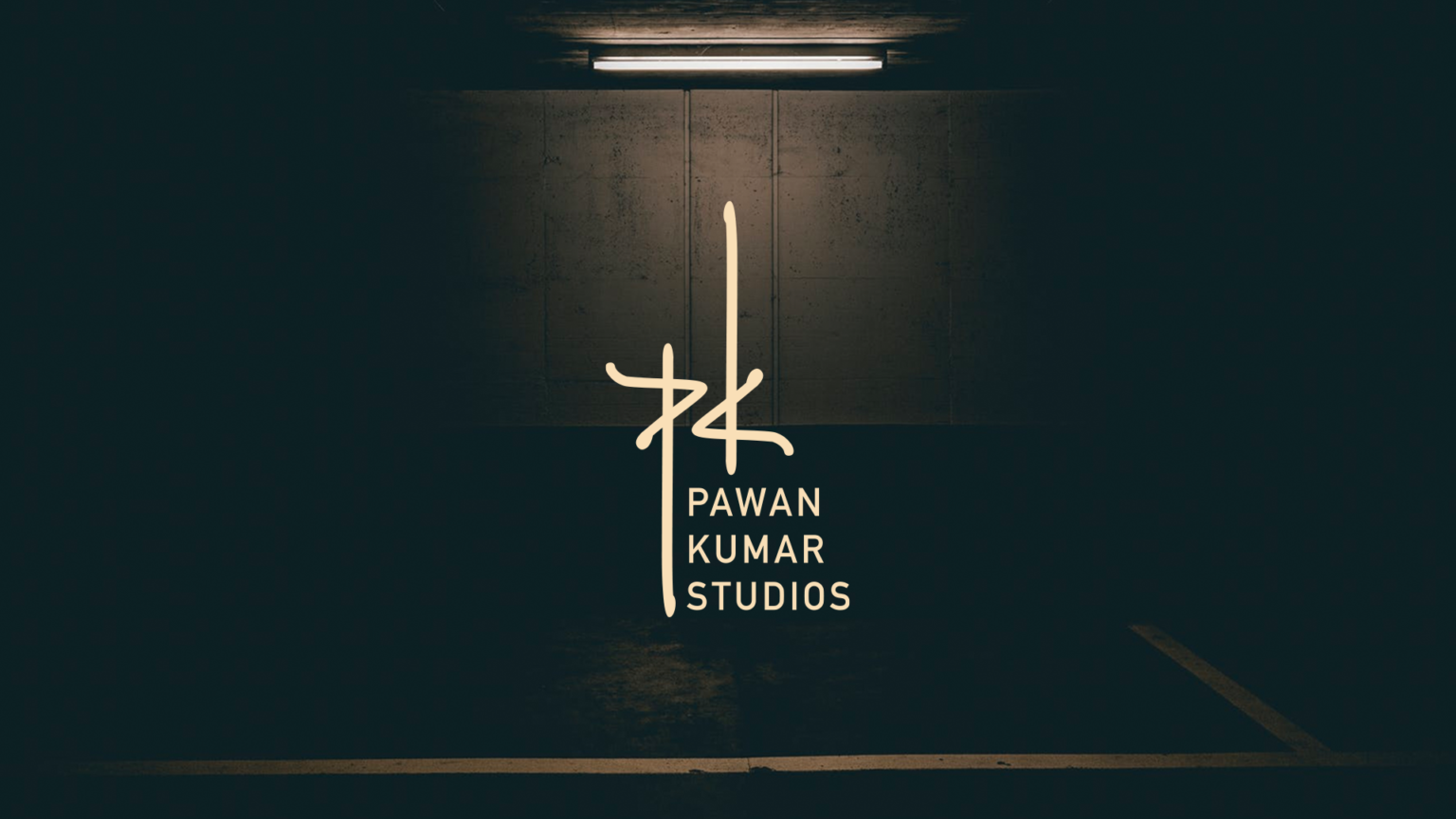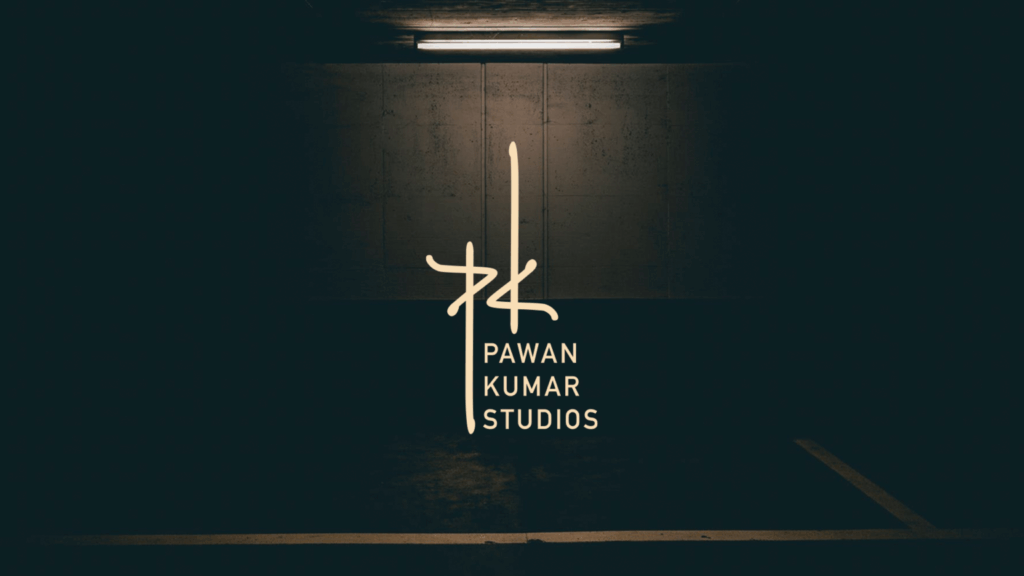

A NARRATIVE IN PARALLELS
BACKGROUND
Following the phenomenal success of Lucia, filmmaker Pawan Kumar set out to create his own production house. Known for bridging the gap between commercial and art house cinema—what is often called “bridge cinema”—he needed an identity that felt as distinctive as his work.
THE VISION
The logo was designed to reflect the space Pawan occupied: somewhere in between. The use of parallel lines and the symbols ‘<’ and ‘>’ to make up ‘P’ and ‘K’ was deliberate, evoking the idea of duality and transition—never quite this or that, but something unique that connects both worlds. Minimalism and contemporary appeal were essential to resonate with a modern, urban audience.
AMBIGRAM
An ambigram by design, the logo remains the same even when rotated 180 degrees. The idea was to symbolize the nature of perspective in storytelling—how the same narrative can look entirely different when viewed from another angle. It also captures the duality in Pawan’s cinema: the coexistence of mainstream accessibility and intellectual depth.
DESIGN PROCESS
This project was unusually intuitive. The logo emerged fully formed in a single iteration. When presented, Pawan immediately responded: “This is it. Let’s use this.” Sometimes, the simplest ideas are the most inevitable.
LOGO REVEAL
To extend the narrative quality of the mark, a logo reveal video was created. The animation opens on a backdrop of a running film reel, with numerous parallel lines sweeping across the screen. Gradually, all but two lines fade away. As the viewer watches, the ‘<’ and ‘>’ symbols emerge, forming the letters ‘P’ and ‘K’. The logo then rotates 180 degrees, highlighting its ambigram nature, before settling as the studio’s name materializes. The hazy, mysterious mood reinforces the theme of intrigue.
THE IMPACT
Unveiled at the birth of the studio itself, this logo quickly became a recognisable emblem for Pawan Kumar’s cinematic voice. It intrigued audiences, matched the contemporary spirit of his films, and received applause for encapsulating both the director’s personality and the unique space he occupies in Indian cinema.

